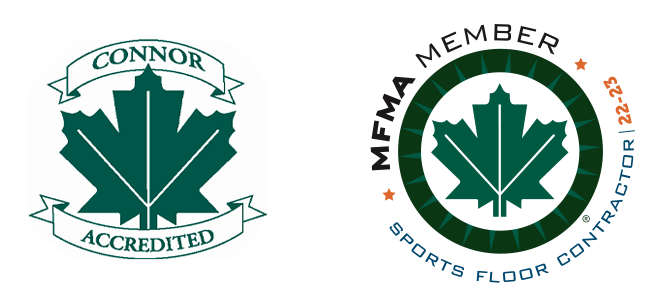As a facilities manager, are you doing all you can to control costs and stay within your budget?
Facility management and the cost of equipment and can run high in businesses – particularly in stadiums, public arenas and community facilities. Managers and supervisors are always looking for ways to reduce overhead.
For some companies, especially in the professional sports sector, maintenance management costs can be higher than the net profit in a year.
Even if it seems impossible to cut costs, good planning can make a difference. Expenses can be controllable with some simple strategies that help reduce them, such as using a computerized maintenance management system or CMMS.
The Basics of Reducing Costs
If your facility is burdened with high maintenance and repair costs, try implementing these simple strategies:
1. Simplify procedures
Review operational and maintenance procedures for redundancies or unnecessary tasks that can be replaced with newer practices or more efficient equipment.
Instructions for certain processes can get too complex due to additions made over time. If there are too many steps or details listed, people will be unlikely to follow them all, so stress the most important ones.
2. Optimize equipment
Leverage equipment and machines to make the most of them. A key factor is ensuring they are used for the purpose for which they’re designed. Repairing old equipment beyond its useful life is simply throwing good money after bad.
3. Review training practices
Make sure that maintenance personnel are properly trained and work processes are designed for maximum safety. Implement training for existing equipment, as well as new machinery or parts. When it comes to safety practices and operational training, don’t cut corners. Equipment operators and technicians getting injured will cost you in more than one way. Safety first.
4. Maintenance schedules
Not all breakdowns or repairs can be predicted, but preventive maintenance keeps them minimized. Set up a regular maintenance schedule that covers essential equipment and accessories.
This gives you a buffer, cutting down the time and costs required for handling repairs, especially in emergencies. Make sure to call experts for critical repair and maintenance.
5. Non-maintenance personnel
Be sure to educate non-maintenance personnel too, especially those using a particular piece of equipment often. They can keep an eye (or ear) out for unusual noises, damage, and other issues.
If you’re using a CMMS system, set it up so non-maintenance staff can assist in requesting repairs or report possible issues with equipment. Train them to identify common failures or potential problems.
6. The right technology
As mentioned, the right tools such as CMMS can improve the efficiency and productivity of your maintenance processes. CMMS maintenance software helps you track, manage, and control everything from a centralized point. Along with SOPs, this technology can be leveraged to streamline your database and procedures.
7. Buy warranties/insurance
If at all feasible, get extended warranties or insurance when you’re buying new equipment. This reduces the cost of repairs and maintenance over time since breakdowns rarely occur right away. Protecting critical equipment can save you a lot of money in the long run.
Again, CMMS software helps by automating many activities that would otherwise be a drain on the maintenance budget and time, centralizing data for safety inspections, inventory control, and predictive/preventive maintenance.
A properly structured maintenance strategy will not only have a positive impact on profits but also keep senior management off your back.



